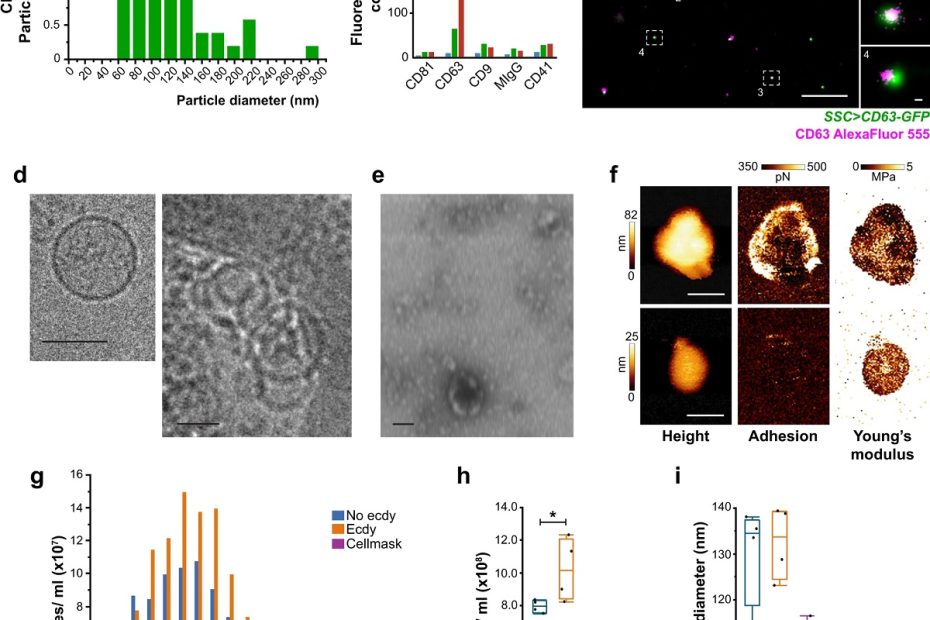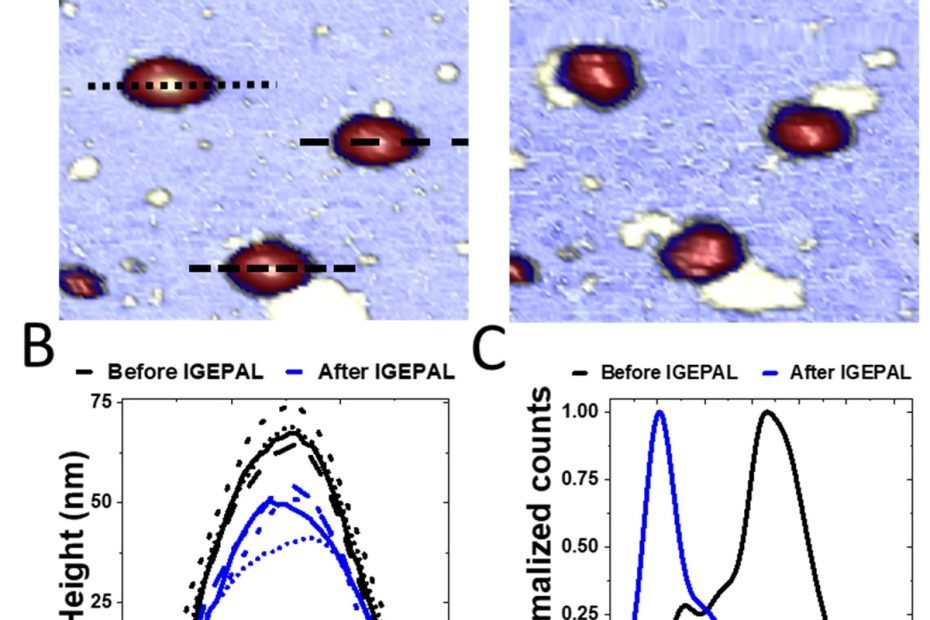Comparative analysis of frictional behavior and mechanism of molybdenum ditelluride with different structures
Two-dimensional (2D) transition metal dichalcogenides (TMDCs) have layered structures with excellent tribological properties. * Since the energy difference between hexagonal-molybdenum ditelluride (2H-MoTe2) and distorted octahedral-molybdenum… Read More »Comparative analysis of frictional behavior and mechanism of molybdenum ditelluride with different structures






